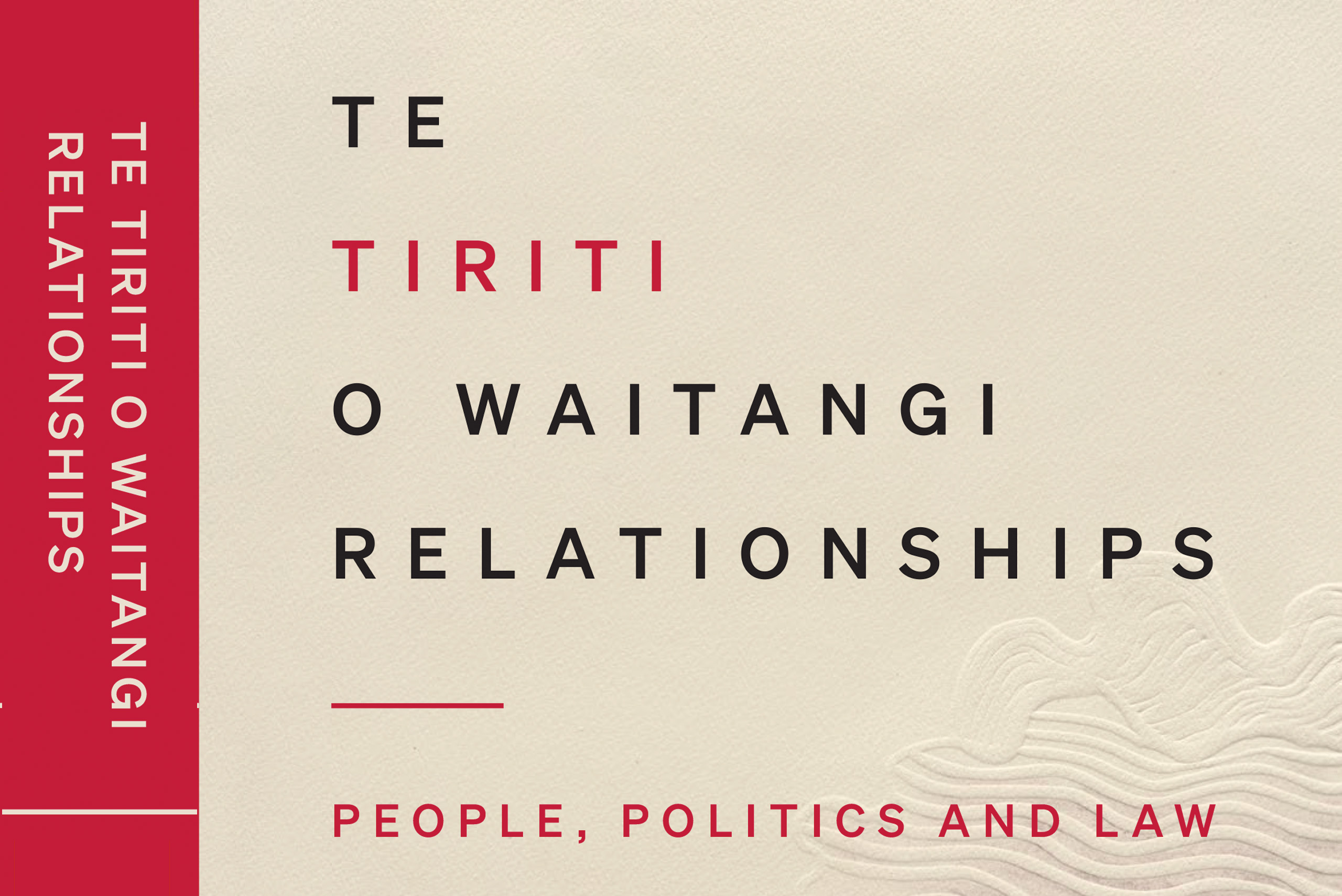
Chapter in new book draws on Tenths mahi
“Despite all the collective challenges we face as a result of the settlement process, and into the post-settlement era, what continues to sustain us is hope. Through all of our work, we continually look for ways to sustain our hope for a better future for ourselves and our children.”
Hope. A constant theme in our 180-year long struggle to resolve the Nelson Tenths.
Also now the theme of ‘The Enduring Power of Hope: The Impact of the Treaty Settlement Process in Te Tauihu’, a chapter written by Te Here-ā-Nuku | Making the Tenths Whole project lead Kerensa Johnston in a new book out on 1 October 2024, Te Tiriti o Waitangi Relationships.
Kerensa draws on the work taking place to resolve our case, and other issues, in her personal reflection on the impact of the Treaty settlement process in our region.
She writes about positive movements towards change in Te Tauihu and how these bring us closer to the vision of our tūpuna at the time of the signing of Te Tiriti o Waitangi and the settlement of Nelson.
Te Tiriti o Waitangi Relationship: People, Politics and Law
Bridget Williams Books

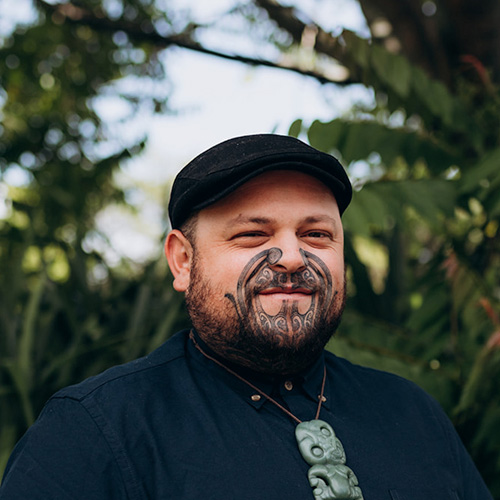
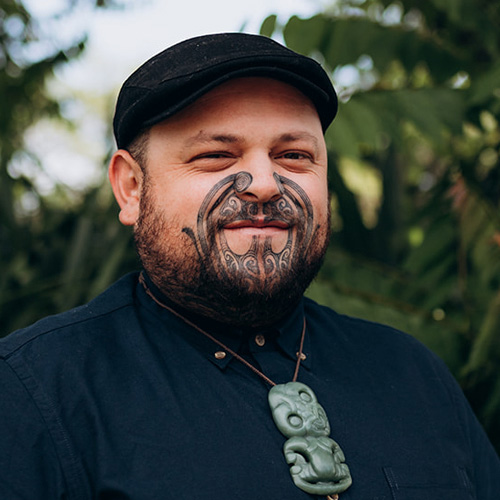 “Talk with your kaumātua — your nannies, toro, aunties, uncles, and cousins. Take the time to sit, listen, and listen some more, and kōrero when you can. Don’t take these moments for granted; in the blink of an eye, whānau can come and go, and with them, the stories and connections.”
“Talk with your kaumātua — your nannies, toro, aunties, uncles, and cousins. Take the time to sit, listen, and listen some more, and kōrero when you can. Don’t take these moments for granted; in the blink of an eye, whānau can come and go, and with them, the stories and connections.”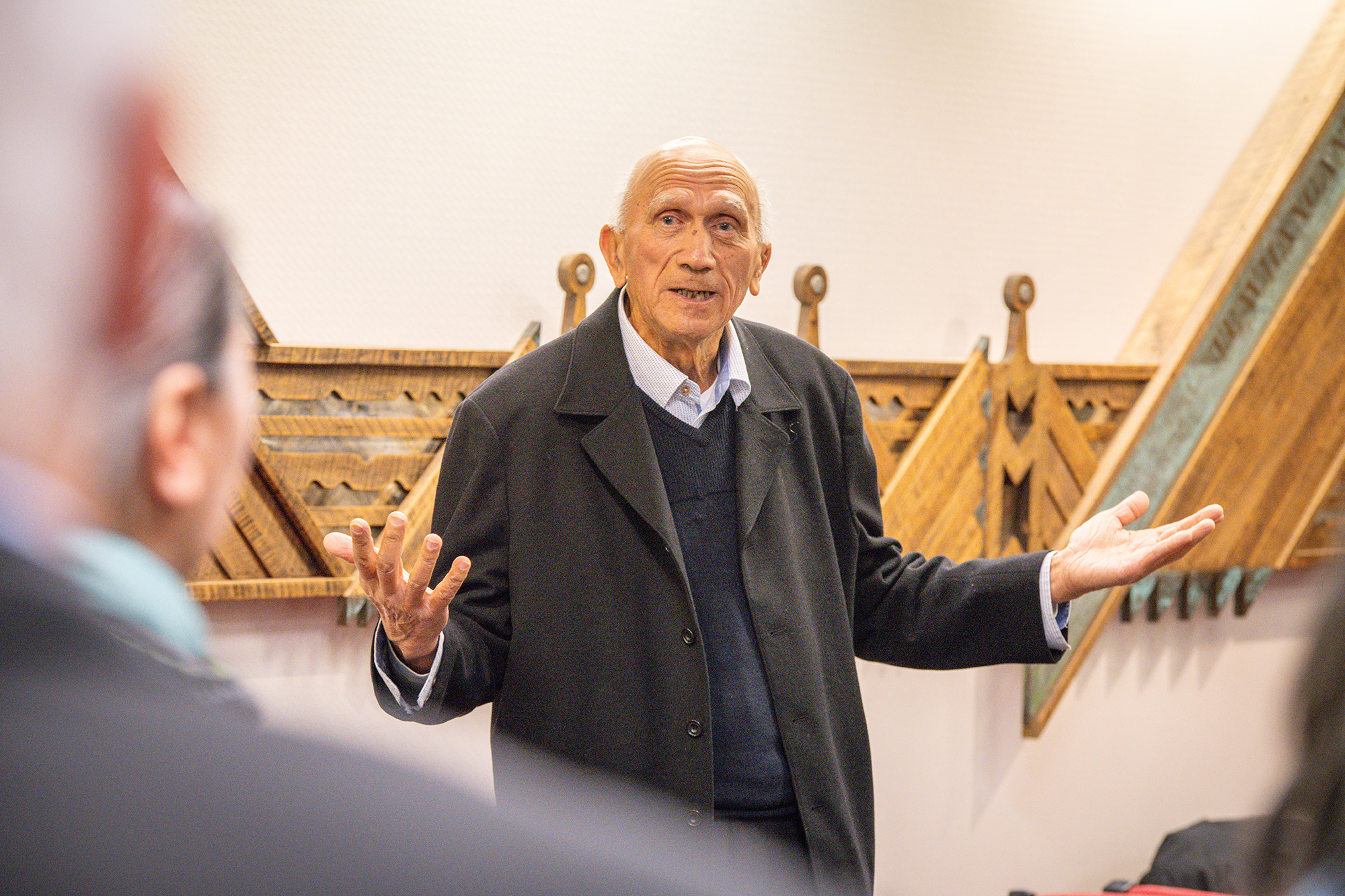
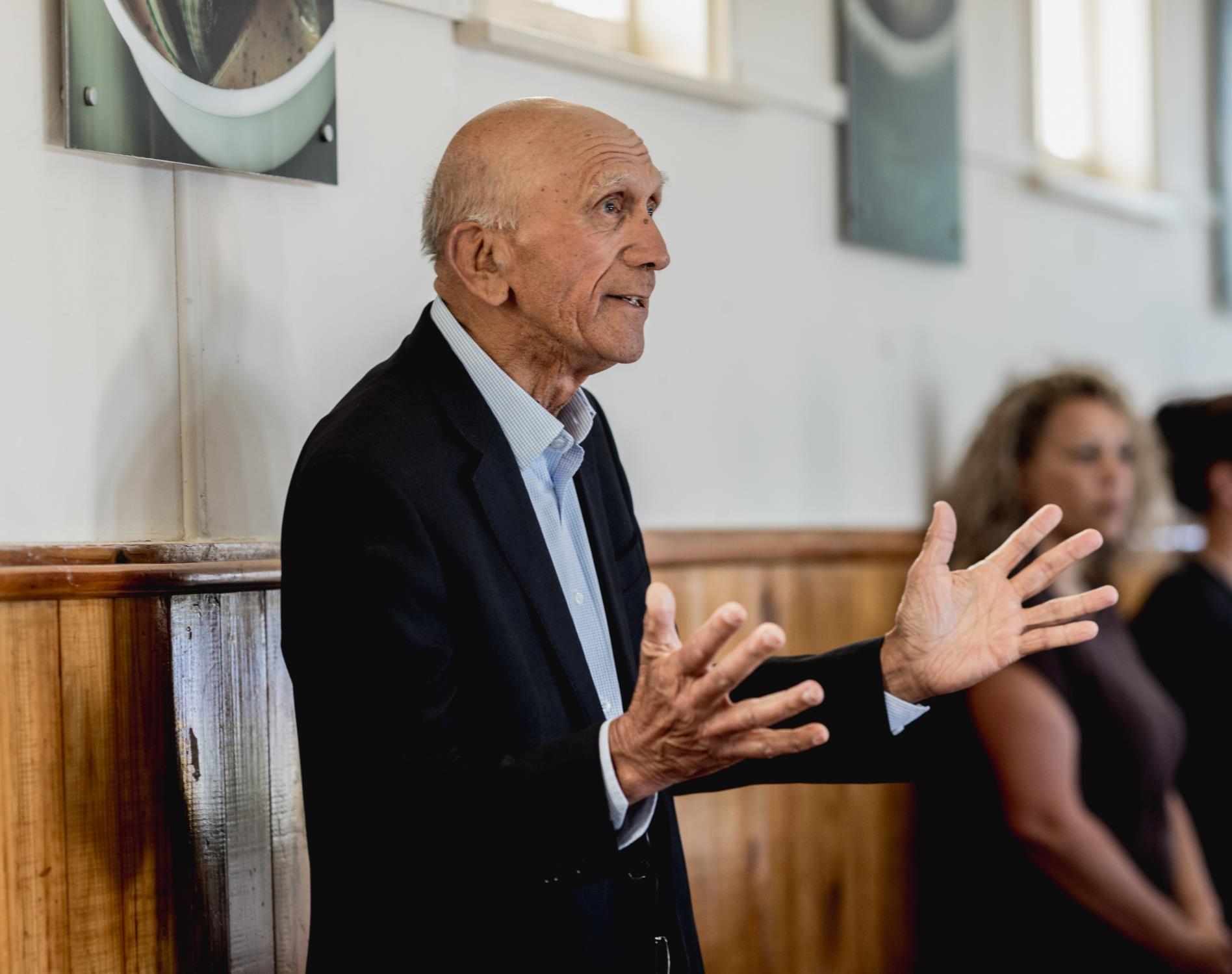 Our commitment to hold the Crown to account to make good on the Nelson Tenths weaves together many strands of work.
Our commitment to hold the Crown to account to make good on the Nelson Tenths weaves together many strands of work.